Three Speakeasies in Three Blocks: Underground Bars in NYC’s East Village
Photography by Andrew Rogers.
Establishments were dark and smoky, orders were whispered, the ‘shine was proffered. Eventually Prohibition ended and the speakeasy faded into the history books.
With no more policeman scouring store fronts and illicit markets for the devil’s drink, modern speakeasies are out of hiding, roaring back to life across Manhattan.
Today’s speakeasies like the Blind Barber, Please Don’t Tell and Death & Co. are suspended in time between the hidden entrances and dark alleys of the past and the glittering bustle of the modern New York cocktail bar.
Speakeasies of the Prohibition
The concept of the speakeasy, the liquor sloshing “dens of debauchery”, was born in darkness. A cocktail of politics and morality brewed up the 18th Amendment in 1920: a ban on the sale, manufacturing, and transportation of alcohol. Rather than putting the cork in the bottle of the alcohol industry, the Prohibition era poured even more money into the liquor industry.
Enter here the likes of Owen “Owney Madden”, a well-known crime boss brazen enough to gun down gangsters in the street yelling his address for the “coppers to find him.” Madden took over the Cotton Club, a jazz venue in Harlem well-known for presenting prominent black performers to white audiences.
Speakeasies like the Cotton Club brought Duke Ellington, Bill “Bojangles” Robinson and Cab Calloway’s now iconic voices to the rich and famous, just looking for a drink.
With Calloway crooning “Minnie the Moocher”, New York’s affluent sipped on the Champagne-based French 75, Sidecars with their 3-2-1 ratio of Cognac, Cointreau and lemon juice and Al Capone’s favorite, the Southside made of lime, gin and mint.
Gone are the gangsters. Enter here, the hipsters.
Still searching for the intrigue and a drink, modern East Villagers are flocking to the blocks of 10th, St. Marks Place, and 6th for a quick jaunt to the 1920s and back.
The Blind Barber
Nestled on the edge of Tompkin’s Square Park in the East village, patrons see a barbershop with classic red lettering on the window, sporting two shiny barber’s chairs inside.
Bundled against the cold New York City night, passersby gravitate to the warm lights of restaurants on either side of the darkened barbershop. Through the windows, a few twinkling candles, sprinkled across the shiny ceramic and stainless countertops of a workplace asleep, shine like stars. All is not as it seems.
Anyone trying the door handle will find it easily opens. The candles lead through a cast iron door left slightly ajar. Patrons emerge into a speakeasy, complete with a full bar and intimate plush booths worthy of the Upper East Side’s Stork Club, a prestigious nightclub once frequented by debutantes and film stars.
Rather than a throwback to the cocktails of yesteryear, the Blind Barber creates classics of its own. Particularly popular are the Smoke and Dagger, a base of Forester Whiskey made effervescent with ginger and cucumber flavors, and the Batman, some gin, some St. Germain, and a swirl of other light ingredients topped with fresh mint.

Self-proclaimed as “a place for the Modern Gentleman,” the Blind Barber opened in 2009 to capitalize on the sale of booze and barber work. Bartenders admit that many people have stood outside the discreet location, looking for the hidden entrance to the bar. The staff is friendly, and always amused when people struggle to find the entrance.
Of course, a hidden entrance is as crucial for a speakeasy as a good selection of gin.
Emerging back into the night to cross the park, hungry revelers may stop just across at Crif Dogs on St. Marks Place. Bright with walls encrusted in graffiti and Pacman game consoles used as tables, Crif Dogs is a hang out from the 1970s.
Dogs and tots drowned in chili and cheese don’t distract the guests from the obscure wooden phone booth in the corner of the room.
Enter the booth. Pick up the phone. Gain admittance to the other side.
Please Don’t Tell
Please Don’t Tell is a speakeasy worthy of Jay Gatsby, old sport, hidden behind the phone booth by thick, black padded walls. Spotlights trained onto taxidermy catch the eye. Circular booths cast a glow on the faces of Wall Street workers and East Villagers gossiping while gulping down waffle fries and caviar tots after hours.
There is no option for standing room, only the booths or the twinkling bar. A brass Lady Absinthe fountain dancing in the center of the bar upholds a bowl of water, dripped ever so delicately over the sugar cubes placed on their sterling Absinthe spoons.
PDT’s Old Fashioned tastes richly of a whiskey on the rocks, warmly infused with a smoky bacon flavor.
Beyond the four staples, the bar offers its bartenders opportunity every season to imagine their own recipes based on a liquor recommended by the owner. Creative new cocktails emerge behind these dark closed doors, like the Peking Duck, complete with its soy sauce, cognac, and ginger flavors.
A few blocks away, the last speakeasy of the night bridges the gap between old and new. It keeps history in the past, bringing the best parts of it to the present.
Death & Co
Two blocks through the night lights of the East Village with a right on 6th, anyone could easily ignore the wood hewn doors with an ornate, gothic door handle. There are no signs of life save a historical looking marker and a man bundled with the glow of a tablet illuminating his face.
“Why’re you here?” he asks.
The doors open. Sound pours out from behind thick, black velvet curtains.
Death & Co. is modern Manhattan’s speakeasy that harkens back to the Prohibition days with murals of Victorian ladies and jigging skeletons on the walls, but remains firmly in the present.
The drinks are stronger, probably more like the crude compilations expected to be sloshed together at the speakeasies of yesteryear. The seating is modern with some chairs facing the bar and walls, and others in circular booths for intimate parties.
A sign on the wall tells the tale of the Volstead Act which brought an end to the nightlife in the 1920s. It was thought that to intake alcohol was to live a life “in the company of death.”
Keeping with the modern speakeasies that favor the green drink of Edgar Allan Poe and Oscar Wilde, Death & Co. joins the club of Absinthe users in cocktails such as the Citadelle, with brandy and maraschino. Another favorite, Strangers On a Train, is heavy on the cranberry with equally strong gin flavors.
Of the three speakeasies in three blocks, Death & Co. treats the past as the past, borrowing from it but keeping its patrons firmly in today’s NYC cocktail bar scene.

These proper speakeasies inspire wonder, conjure imagery and transport patrons to the glamorous nights bygone at their predecessors like the Stork Club who’s stories include the fabled night when Ernest Hemingway settled his tab by cashing the $100,000 check from the film rights of For Whom the Bell Tolls.
Today’s modern speakeasies tell their own tales, hidden behind black velvet curtains or padded walls and a phonebooth. Sometimes they are a well guarded secret while others are guarded by a man and a tablet. Regardless, the adventure and mystique of a speakeasy keeps millennials and older generations alike looking for cutting edge cocktails in hard to find alcoves.




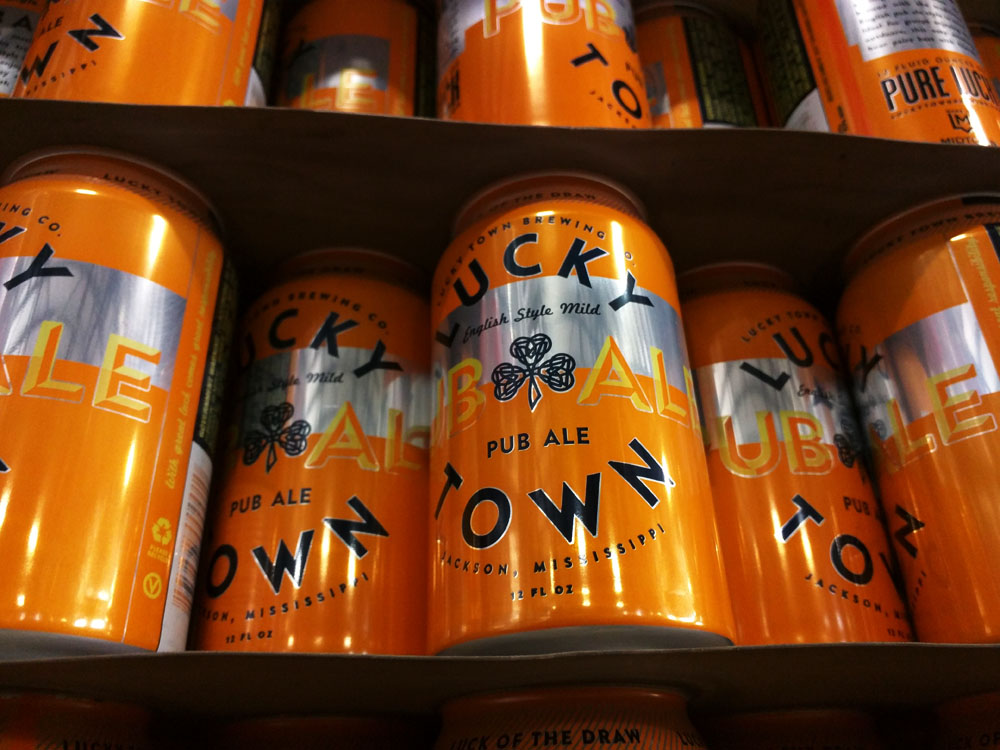
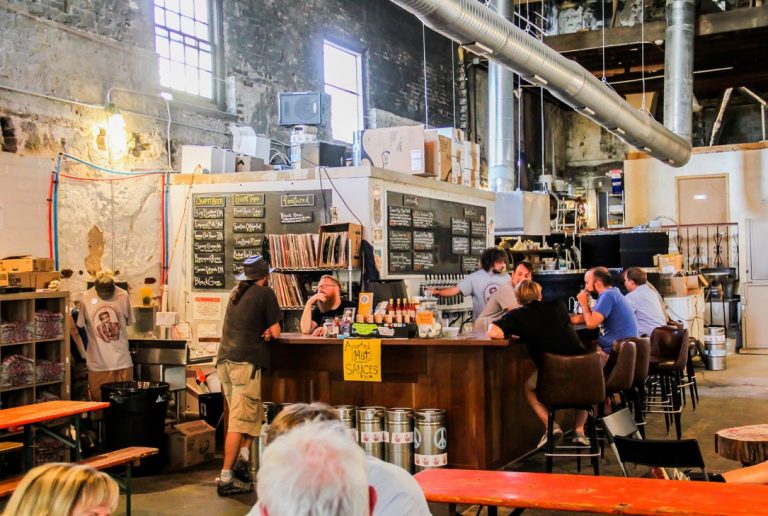
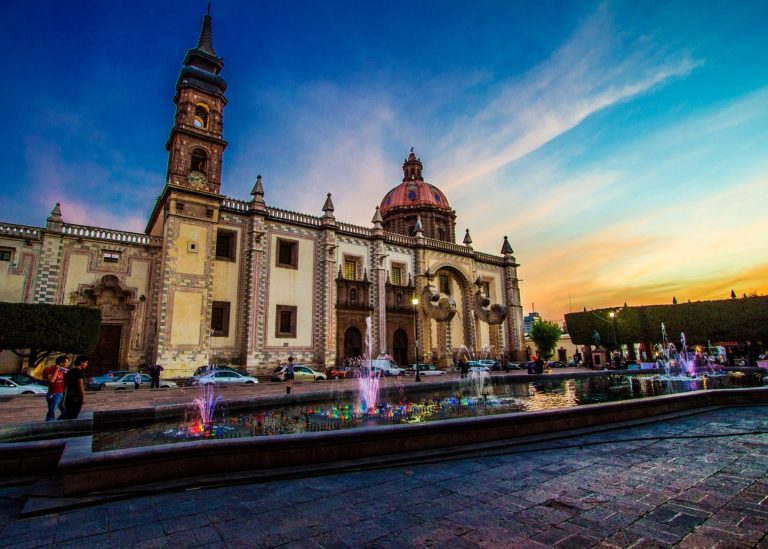

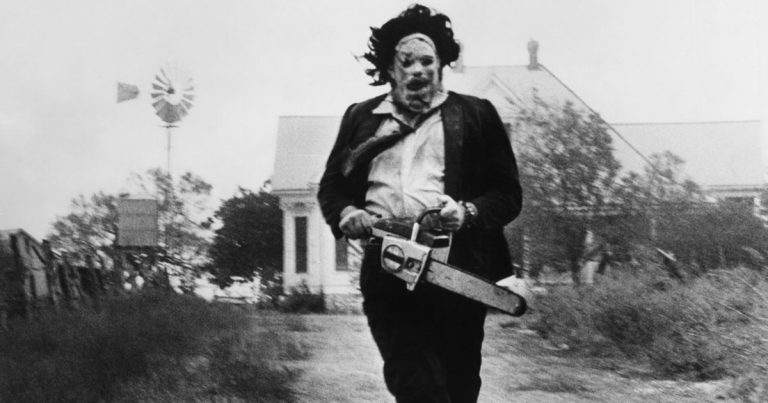
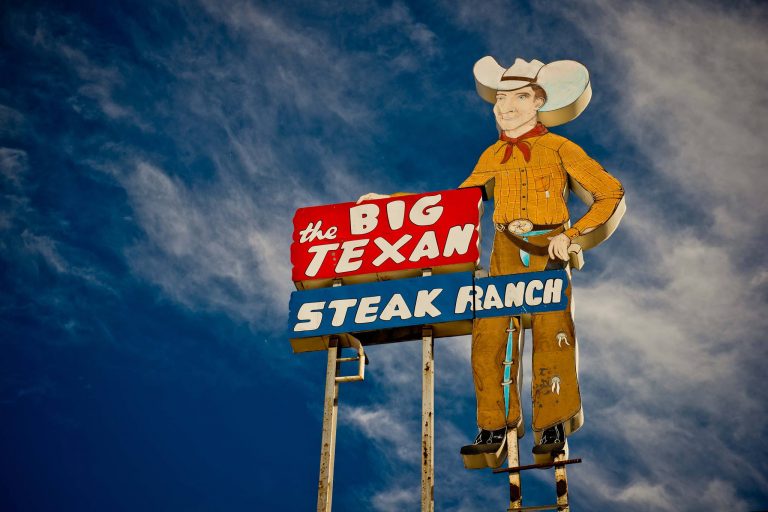
One Comment
Comments are closed.